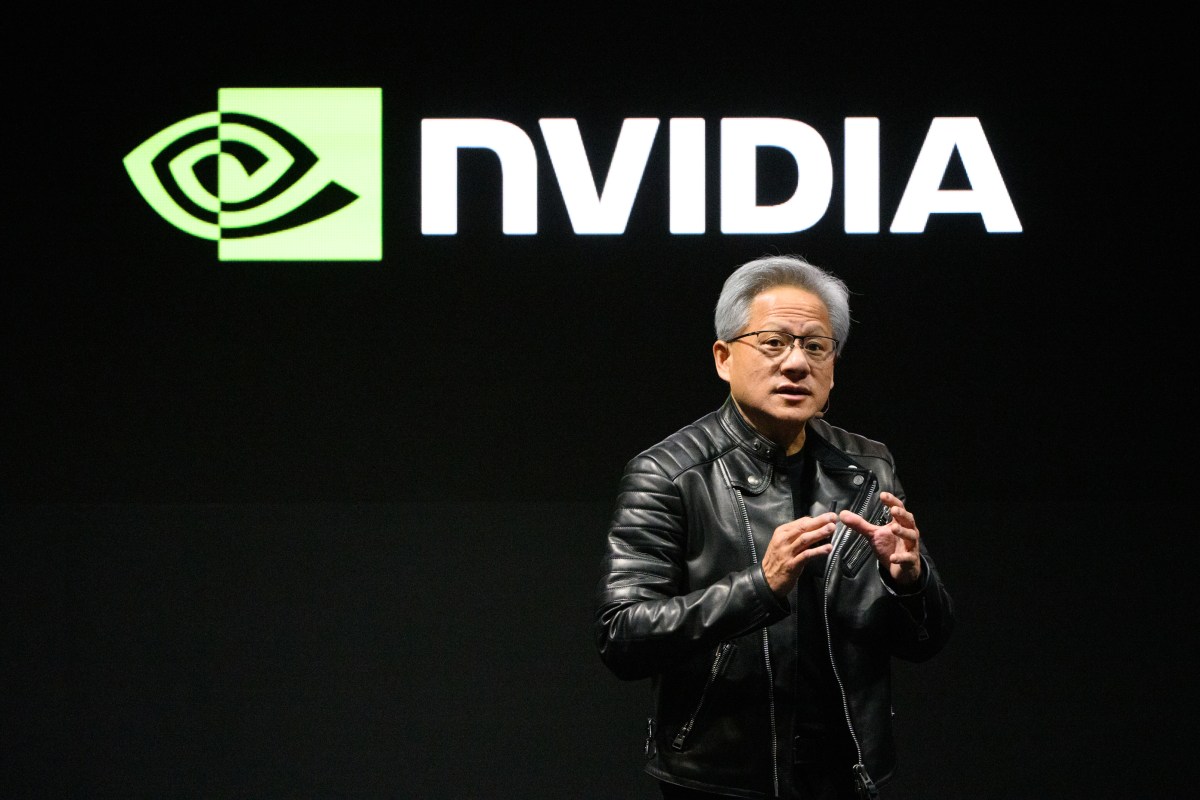Nvidia and OpenAI announced a landmark strategic partnership in which Nvidia will invest up to $100 billion and help deploy roughly 10 gigawatts of AI chips and systems to power next generation ChatGPT and other large language models. This industrial scale commitment to AI infrastructure could speed model training and inference, reshape cloud computing dynamics, and concentrate technical capacity in a small set of firms.
Background on the scale of the plan
Large language models need massive compute for training and inference. Training is the one time phase where models learn from vast datasets. Inference is the repeated use of a trained model to serve user requests. Both depend on specialized processors such as GPUs deployed inside data center complexes. Nvidia s plan to co invest at scale changes the trajectory of AI model hardware acceleration and enterprise AI chips deployment.
Key findings and details
- Investment size: Up to $100 billion in capital and systems to support model development and deployment.
- Compute scale: Roughly 10 gigawatts of AI chips and systems intended to power next generation ChatGPT and other generative AI services.
- Timing: A phased build out of new data center capacity starting in the coming years to match model development cycles.
- Scope: Support for both training and inference, implying dense GPU clusters for model training and optimized infrastructure for low latency inference in production services.
- Strategic alignment: A tighter Nvidia OpenAI partnership that aligns hardware supply and AI product roadmaps and strengthens the AI partner ecosystem.
Plain language definitions
- GPU: A graphics processing unit optimized for parallel math operations that speed up neural network training and inference.
- Training versus inference: Training teaches a model once. Inference is using that trained model to answer user queries repeatedly.
- Gigawatt: A unit of power. Deploying 10 gigawatts of compute capacity means sustained electricity consumption and major data center infrastructure.
Implications and analysis
This deal touches operations, markets, workforce and regulation while linking to broader trends in AI powered cloud computing and autonomous data centers.
Operational and product effects
- Faster rollouts: Co locating hardware investments with model development should accelerate iteration cycles for generative AI and conversational AI platforms such as ChatGPT.
- Lower per inference cost: Large scale optimized deployments can reduce cost per inference and enable more affordable enterprise AI cloud services.
- Edge AI infrastructure: Demand for low latency and high throughput may push more distributed deployments closer to users and data.
Market and competitive effects
- Concentration of power: A major investment by a leading chipmaker and a top model developer concentrates hardware software and go to market power, raising barriers for smaller competitors.
- Cloud and data center impact: Hyperscalers and regional providers may respond with their own AI infrastructure plans, changing procurement and partnership dynamics.
- AI model hardware acceleration: The move may set a template for future co investment in compute and operations among the largest players.
Workforce and regulatory considerations
- Jobs: Construction and operation of new data centers will create demand for engineers and technicians while automation of model workflows could alter roles in cloud operations and AI product teams.
- Scrutiny: Regulators focused on competition and infrastructure risk may examine how strategic partnerships affect market openness data governance and critical systems resilience.
Expert take and context
The announcement follows a broader industry trend where chipmakers and AI developers move from transactional deals to strategic partnership models to secure capacity and accelerate time to market. For businesses this highlights the importance of monitoring AI infrastructure trends and developing strategies for resilience and competitive parity as compute becomes an increasingly strategic asset.
What readers should watch next
- How deployments are phased and where new data center capacity will be located.
- Responses from cloud providers and regional infrastructure players on pricing and capacity.
- Regulatory inquiries or policy proposals related to market concentration and national infrastructure.
Takeaway
Nvidia s commitment to invest up to $100 billion and help deploy 10 gigawatts of AI chips with OpenAI marks a watershed for AI infrastructure. The partnership could accelerate the arrival of more capable responsive AI features in everyday products while reshaping competition in AI powered cloud computing. Businesses and policymakers should track deployments and plan for both opportunities and risks as the AI partner ecosystem evolves.




